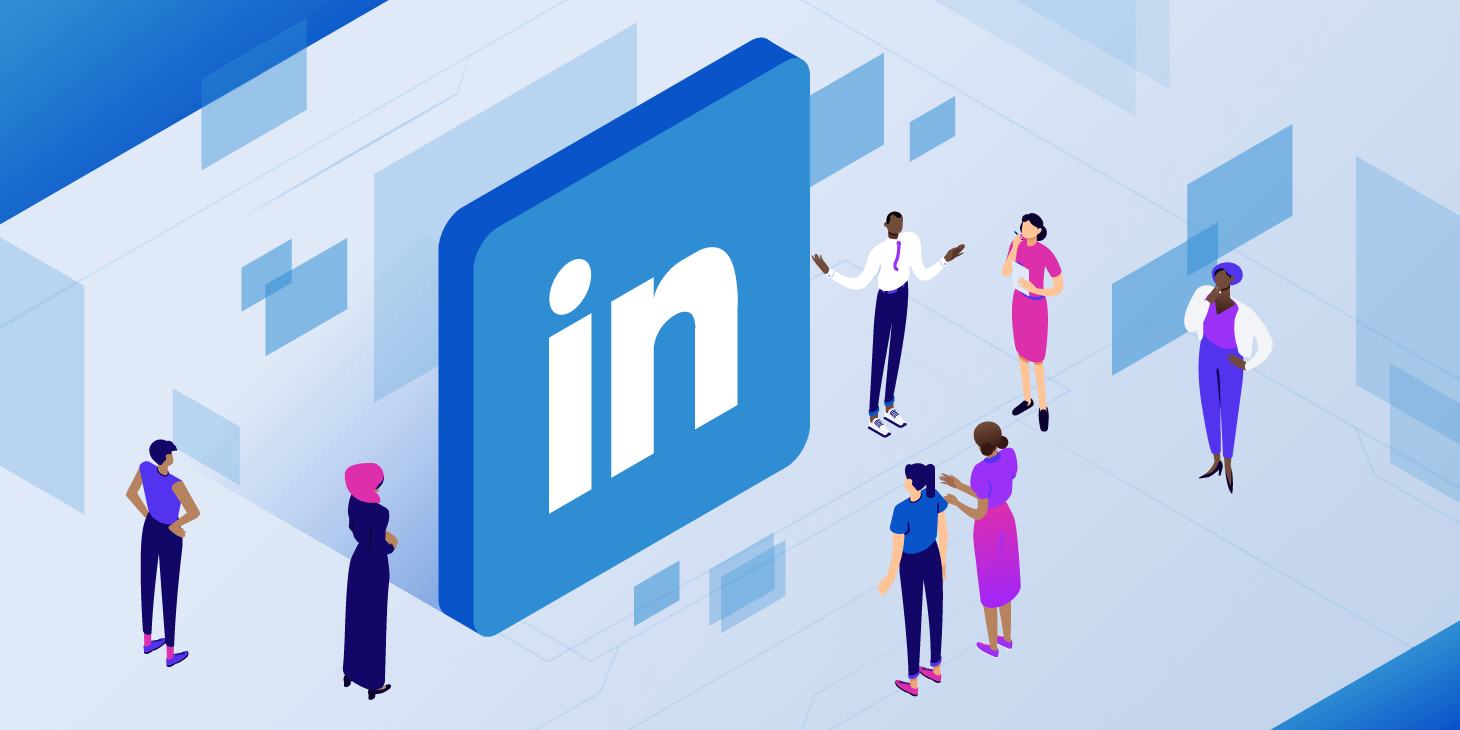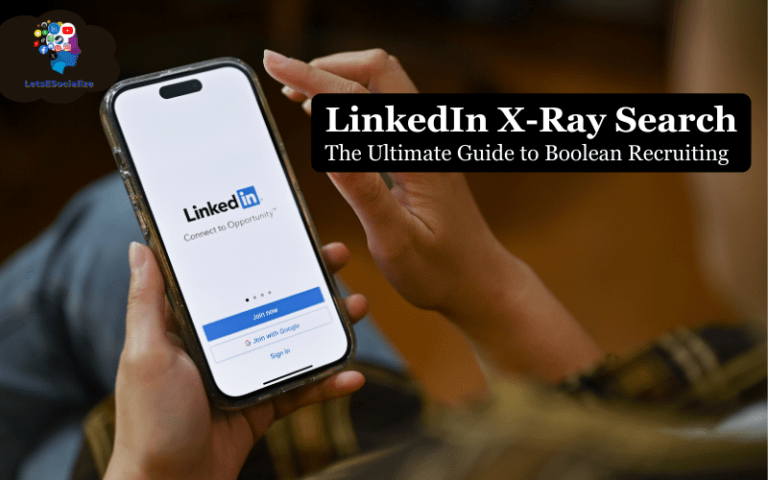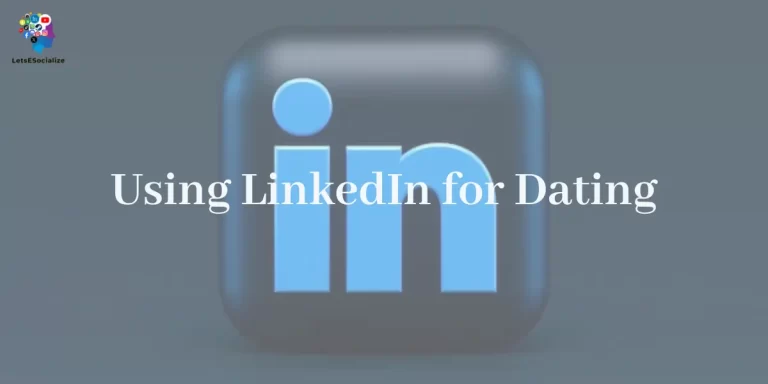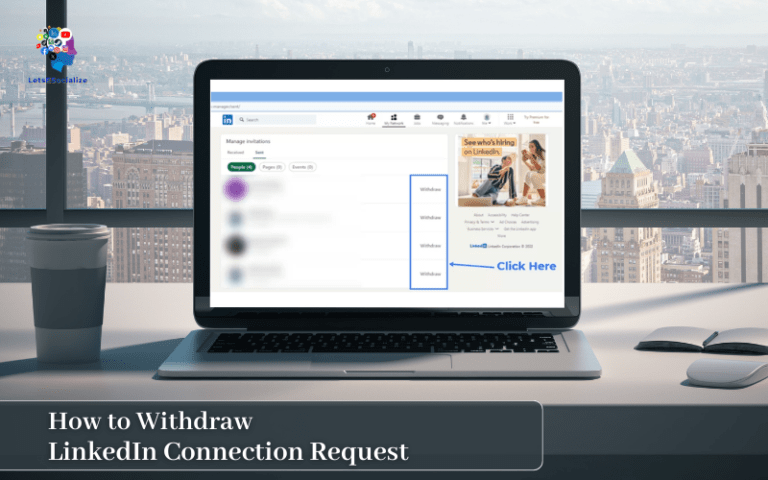However, in the quest to stand out on a crowded platform, some well-intentioned users slip into excessive self-promotion territory.
But what exactly are the risks of aggressively using LinkedIn for self-promotion without balance? Let’s analyze both perceptive and tangible downsides.
Table of Contents
Defining Excessive Self-Promotion

Before weighing drawbacks, let’s level set on what constitutes excessive self-promotion on LinkedIn:
Over Indexing on Achievements – Profile and activity focuses disproportionately on showcasing accomplishments rather than insights, value, or building connections.
Aggressive Link Sharing – Broadcasting content, offers, and affiliate links without context, working to form relationships first or assessing if relevant to the receiving audience.
Vanity Metrics Obsession – Prioritizing accumulating likes, comments, follow shares, or endorsements over cultivating authentic relationships. Chasing false vanity rather than value metrics.
Claiming Thought Leadership – Positioning as industry guru without practical experience earned through tenure grinding in domain area. More sizzle than steak.
Hard Selling – Pushing product, service, or outcome pitches constantly rather than nurturing the audience, listening to needs, or seeking fit.
While aspects like achievements matter, excessive self-focus without balance risks negative perceptions. Let’s explore why.
Also Read – How to Create Engaging and Storytelling Techniques for LinkedIn Posts for B2B Marketing
Risk #1: Being Perceived as Self-Obsessed Rather Than Audience-Focused

A single-minded focus on broadcasting achievements and gaining visibility above all else, makes users seem more fixated on themselves rather than the needs of their audience.
This self-obsessed tendency risks being perceived as:
Egotistic – more interested in being exalted rather than uplifting others.
Narcissistic – seeking validation rather than giving value.
Opportunistic – hungry to get rather than give more.
Even if unintentional, lopsided self-promotion orientation shapes negative user sentiment over time eroding authentic personal brand.
Risk #2: Appearing Desperate Rather Than Secure
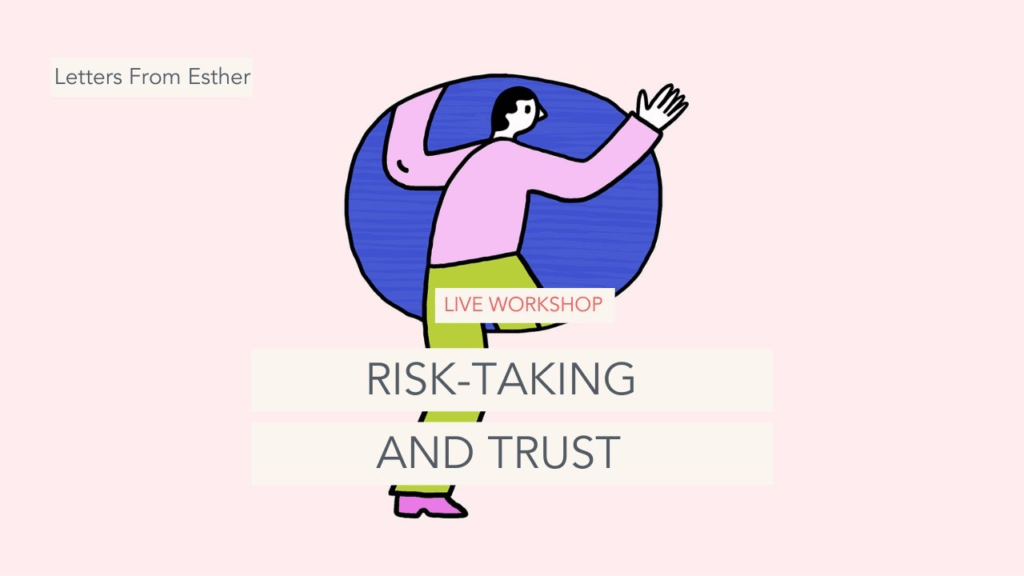
Similarly, excessive self-promotion also conveys subtle yet detectable signals of desperation rather than quiet confidence in letting work speak for itself.
Traits like constantly:
- Seeking praise
- Name dropping
- Spotlighting trivial achievements
- Pushing affiliate links
All reflect an underlying thirst for status, validation, and advantage rather than security. This casts users negatively as:
Needy – validations seeking due to gaps rather than value adding.
Untrustworthy – aiming to exploit rather than enrich relationships.
And especially detrimental for personal branding – being seen as inauthentic.
Rather than enhancing credibility, lopsided self-promotion erodes it the more it reeks of desperation.
Risk #3: Reduced Engagement From Audience Tuning Out Noise

Excessively broadcasting achievements tunes out audiences by clogging their feeds with self-centered noise irrelevant to their needs. This gradually disengages connections.
For example, repeatedly sharing content like:
“Just hit 500 followers!”
“My post got 100 reactions!”
“Completed this certification!”
Overtly seeks attention solely for personal gain rather than audience value. These gratuitous updates solicit politically obligated interactions rather than genuine interest.
Unfortunately, personalized LinkedIn feeds and notifications mean audiences bear the brunt of the self-promotion barrage closest. Disengagement naturally increases the more users force-feed self-PR.
Over time this sheds genuine connections, eroding personal brand rather than strengthening it.
Risk #4: Diminished Authority Through Lack Of Trust

While aggressively self-promotional users seek to establish immense authority, they ironically diminish influence.
This happens due to eroding audience trust the more their activities reveal self-serving rather than audience-serving motives.
For instance behaviors like:
- Pushing sales pitches masked as advice
- Publicizing awards from pay-to-play gigs
- Fake endorsing connections to boost own visibility
- Misrepresenting client results
- Over-claiming credit for achievements
Gradually erode user integrity and authenticity. This crater authority faster than any self-PR can salvage it. Lack of trust suppresses influence reach dramatically despite best efforts to portray expertise.
In summary, perceived desperation and inauthenticity from extreme self-promotion undercuts credibility significantly over time.
Also Read – What Are Some Common Mistakes People Make on LinkedIn?
Optimizing Self-Promotion Without Turning Off Your Audience

However, occasional and balanced self-promotion avoiding these downsides is still important for personal branding on LinkedIn.
Here are best practices to build exposure while avoiding disengaging perceptions of being self-obsessed:
Cultivate Patiently
Build relationships, credibility, and audience through consistent value sharing rather than chasing overnight fame and validation. Slow and steady.
Spotlight Others
Like, share, and praise colleagues and connections achieving wins to exhibit generosity and team orientation.
Entertain Audiences
Blend self-updates with humor, pop culture commenting, or uplifting news curation. Don’t just broadcast accomplishments.
Recognize Supporters
Show gratitude by highlighting those who helped you achieve milestones to share credit rather than self-hogging accolades.
Enable Connections
Share advice, contacts, job leads, and other resources to help colleagues rather than just seeking to advance yourself.
The key is maintaining balance – avoiding excessive self-obsession and demonstrating authentic community orientation through patient value building over self-PR pushes for an instant but short-lived gain.
Hope this gives perspective on the hidden costs of pure self-promotion without nurturing reciprocal value!
Recap & Key Takeaways
To summarize key points:
- Excessive self-promotion risks perceptions like egotism, narcissism, and desperation eroding authentic personal brand over time.
- Constant broadcasting tunes out audiences by clogging their feeds leading them to disengage and diminish your credibility through a lack of trust
- Avoid this by balancing self-updates with generous community building, listener focus, and nurturing content depth over self-PR pushes.
Essentially, don’t just sell yourself – sow into others. This builds genuine relationships and lasting authority.
It’s fine for self-promotion to comprise some LinkedIn activity but certainly not the majority. Optimize for quality over quantity in genuine relationship building.
Here’s to nurturing authentic influence on LinkedIn without turning off your audience!

